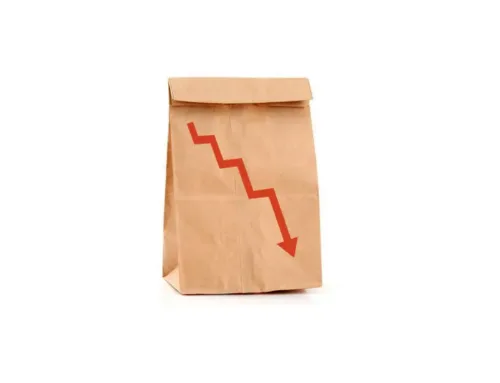Last week, we witnessed the launch of a lovely new creative campaign for what is clearly a purpose brand: The Natural Meat Co. After reveling in this creative’s wonderfulness for a bit, I started thinking about purpose branding in general. Please come into this the same way I did—by watching the campaign’s cornerstone creative first.
The Greenfield Brand Back Story
The Hard Way campaign makes the brand look like a well-funded start-up. In fact, it’s a (well-funded) Maple Leaf Foods (MLF) brand started in 2015. Since the beginning, Greenfield’s purpose has been to make ‘sustainable meat attainable.’ But this ambitious version of sustainability goes beyond farming practice to include climate (carbon neutrality), animal welfare and human health (antibiotic and additive free). As a result of these practices, Greenfield products are priced at an average 25% price premium to non-sustainable comparable products. [1]
‘The Hard Way’ is the latest of several creative approaches over the brand’s short history, all conceived and executed by the same CMO and agency partner.
The Purpose of a Brand vs Brand Purpose
There is a hierarchy of purpose:
- The purpose of marketing creative is to communicate a brand positioning.
- The purpose of brand positioning is to place your brand in the consumers’ mind, relative to the competitive options, in a way that is both unique and relevant.
- The purpose of a brand is to generate profit. Not to generate ‘brand purpose’, unless you are a not-for-profit.
Somewhere in the early 2010s, the two definitions of purpose got conflated. This a bad thing when it takes emphasis off marketing for business results.
 The Greenfield Version of Brand Purpose
The Greenfield Version of Brand Purpose
MLF built Greenfield brand to fit a brand purpose objective. Sustainability practices create the product. The brand purpose is the product. But the product is food and you don’t eat carbon neutrality. You just feel better about how the product is created and you (hopefully) pay a premium for that intangible benefit.
 The Dove Version of Brand Purpose
The Dove Version of Brand Purpose
In 2004, Unilever turned their 47-year-old Dove into a purpose brand with their famous ‘Real Beauty’ campaign. They didn’t change the product at the outset, they spoke to the target group—and by extension, the whole world—about a better definition of female beauty. No perceptible price increase, so this was a volume play, not a margin play. Then came the Dove for Men+Care and Baby Dove line extensions, which worked because the primary target group for both was still women.
The Better Version
Neither Unilever nor MLF reports financial results specifically for their purpose brands. But it is clear that Dove has gone from being ‘your grandmother’s soap’ in 2004 to become a major revenue and profit generator for Unilever. The Real Beauty campaign has won Unilever many creative awards. All while helping to change the cultural narrative on women’s beauty. 21 years later, it is still doing so. [2]
To be fair, Greenfield started from scratch and has been around for half the time of Dove’s conversion to purpose brand. It may yet be the kind of business success that Dove is.
Only big players can do what MLF has done with Greenfield. It may even have non-financial reasons for doing so. [3]
All in, building your brand around a purpose is far riskier than adding a purpose to your existing brand. If a company or a brand wants to be a good corporate citizen, they have many options to fund noble causes directly and reap the benefits of doing so.
Still, The Hard Way is a really good piece of creative…
- Calculated by comparing Canadian retail prices for Greenfield bacon products to comparable brand non-promotional pricing, October, 2025. For all Greenfield products, the premium varies from 10% to 30%.
- Dove’s latest campaign, #ChangeTheCompliment, could be equally as powerful as #RealBeauty.
- In 2008, MLF caused a listeriosis outbreak that emanated from one of its plants. 23 people died. Michael McCain, then CEO, lead a master class in crisis management, but was reportedly personally devastated. He was still CEO in 2015, moving to Executive Chairman in 2022. His shadow still looms large over MLF.





